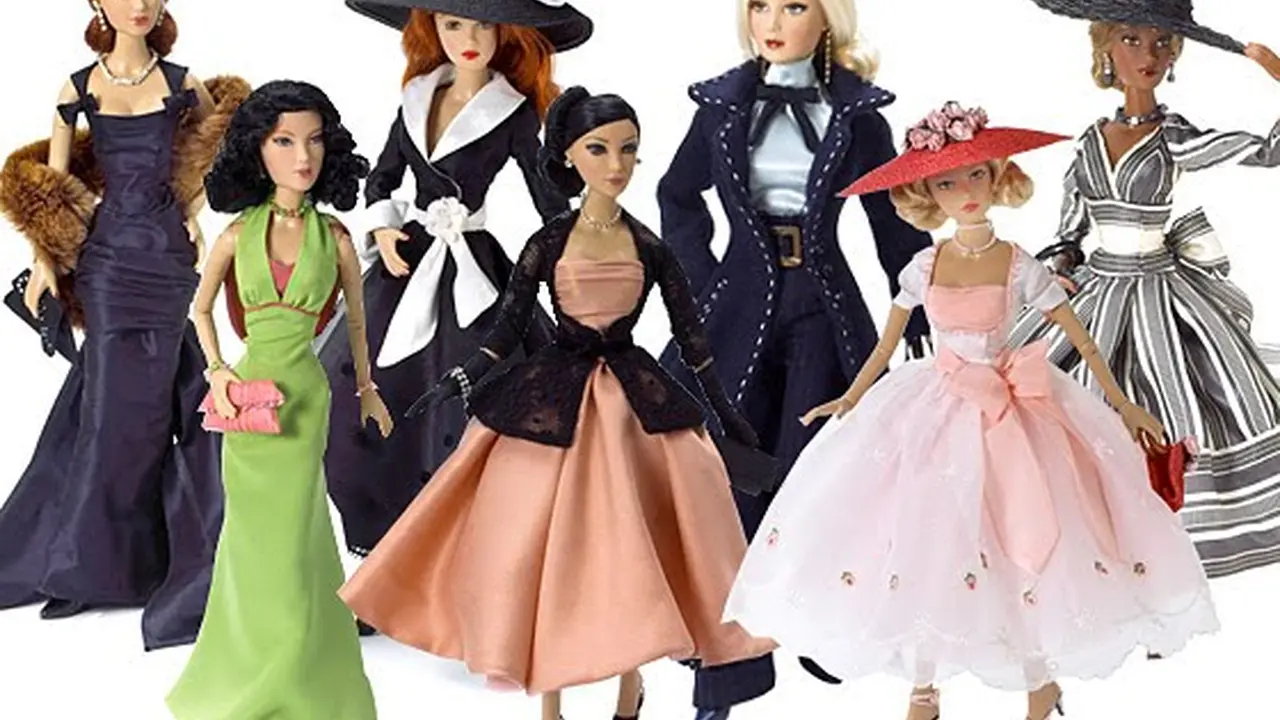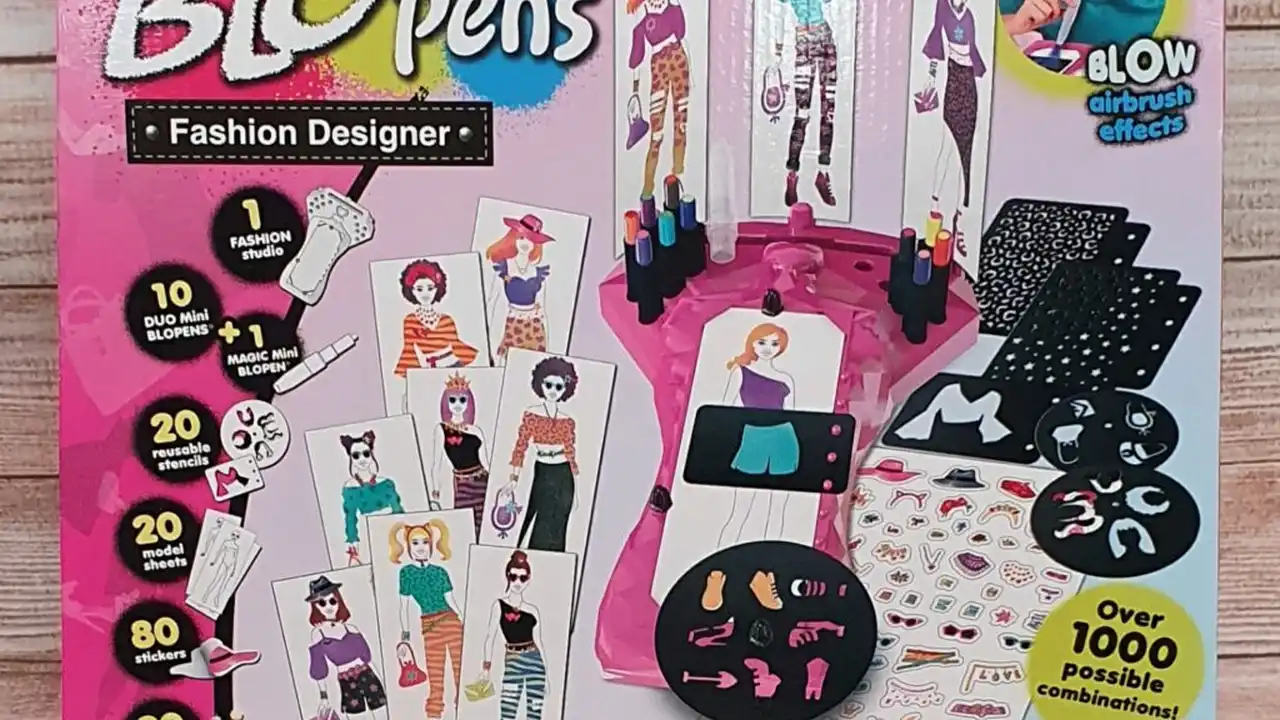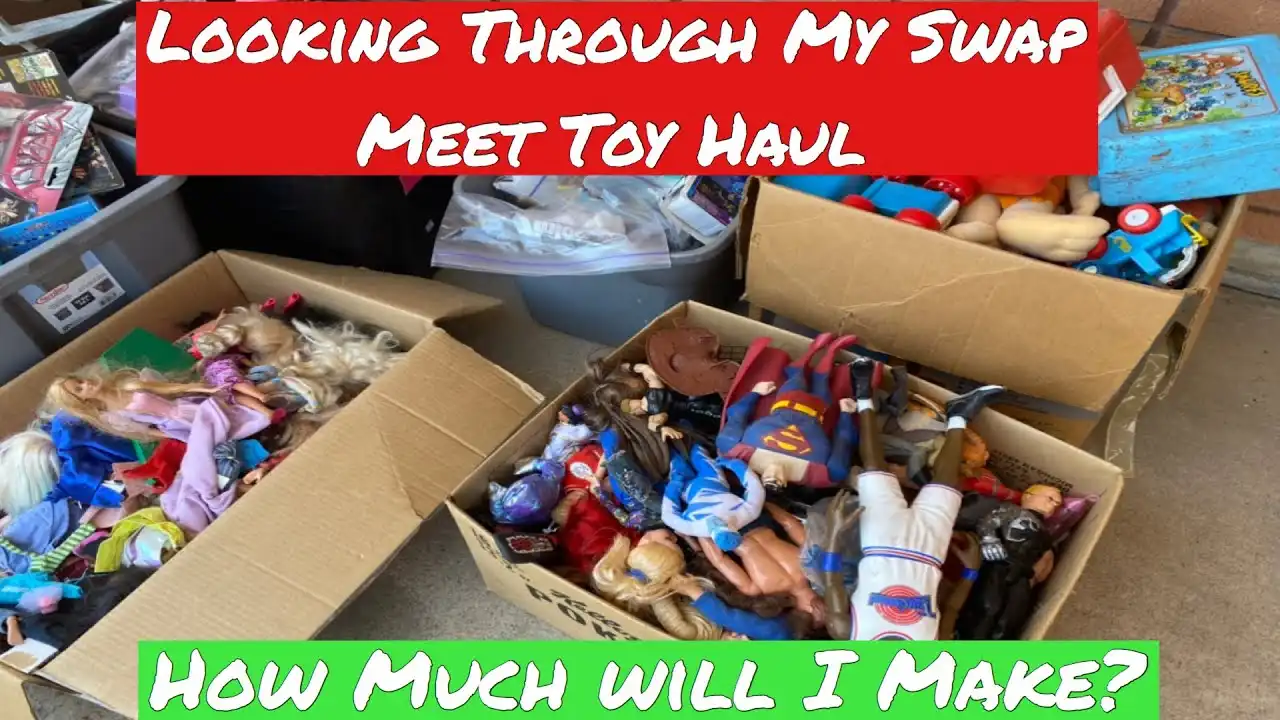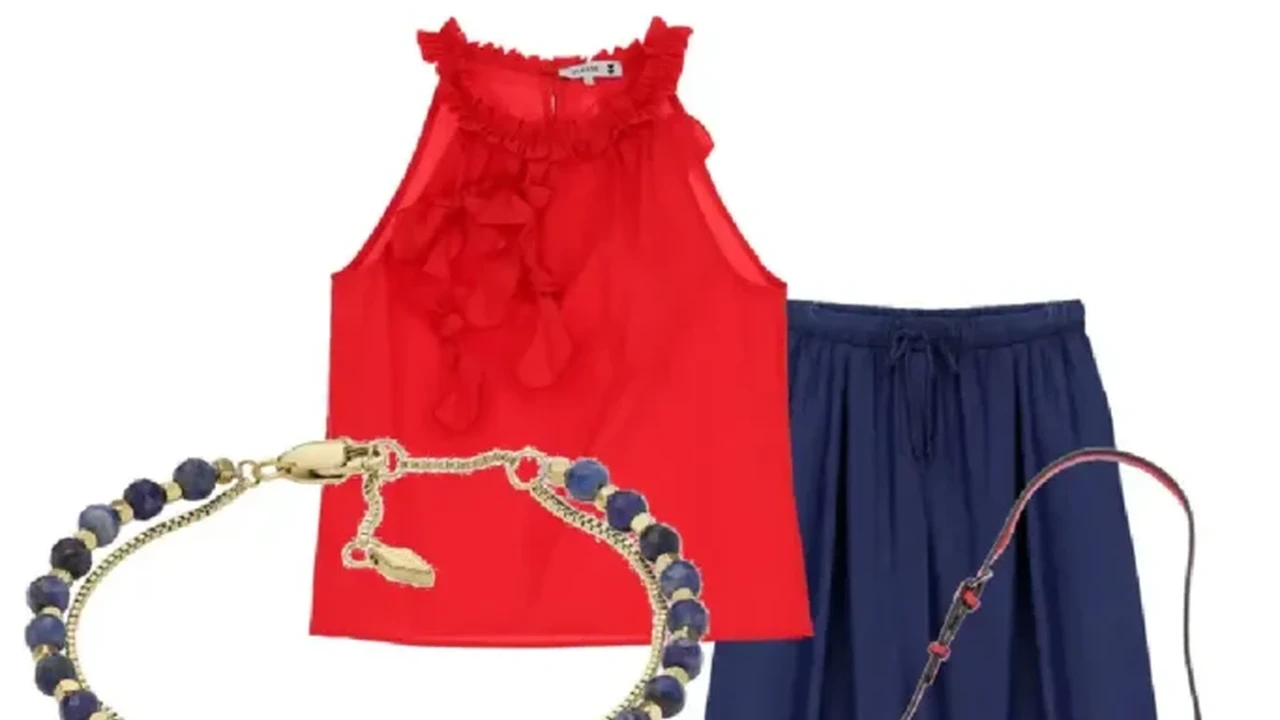5 Ways Fashion Toys Boost Creativity in Kids
Discover how playing with fashion toys can significantly enhance a child's creative thinking.
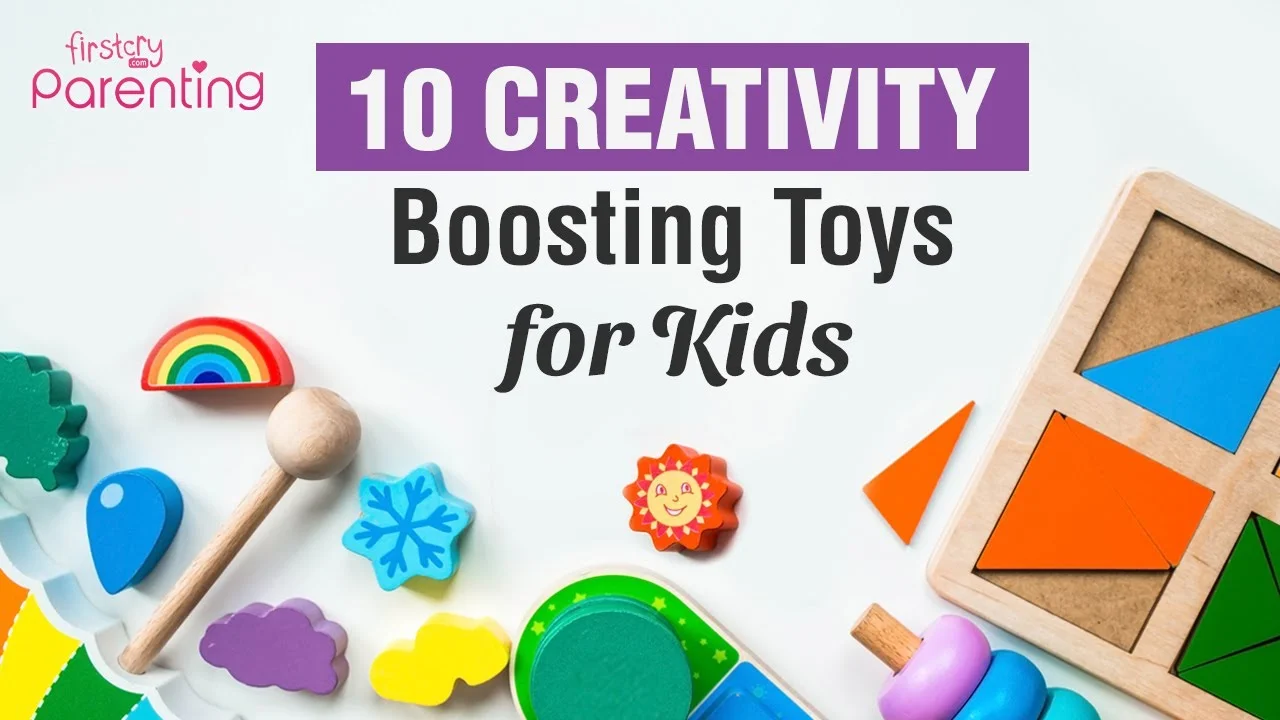
Discover how playing with fashion toys can significantly enhance a child's creative thinking.
5 Ways Fashion Toys Boost Creativity in Kids
Hey there, parents and toy enthusiasts! Ever wondered if those fashion dolls and playsets are doing more than just keeping your kids entertained? You bet they are! Fashion toys, far from being just pretty faces, are incredible tools for sparking and nurturing creativity in children. Let's dive into five fantastic ways these toys can turn your little one into a budding artist, designer, or storyteller.
Unleashing Imagination Through Fashion Toy Storytelling and Role-Playing
One of the most obvious and powerful ways fashion toys boost creativity is through storytelling and role-playing. When a child picks up a fashion doll, they're not just holding a piece of plastic; they're holding a character, a protagonist in their own unfolding narrative. This isn't just about dressing up a doll; it's about creating an entire world around it.
Think about it: your child might decide their Barbie is a famous pop star, a brave astronaut, or a veterinarian saving animals. Each scenario requires them to invent a plot, dialogue, and even emotional responses for their characters. This process is a fantastic workout for their imaginative muscles. They're constantly problem-solving (How does the pop star get to her concert? What kind of outfit does an astronaut wear on Mars?), developing social skills (What would two dolls say to each other?), and exploring different perspectives.
For instance, the Barbie Dreamhouse (around $180-$220) is a prime example of a playset that encourages extensive storytelling. With multiple rooms and accessories, a child can create endless scenarios, from a fancy dinner party to a relaxing spa day. The open-ended nature of such a playset means the story is never truly finished, always evolving with the child's imagination. Another great option is the L.O.L. Surprise! O.M.G. House of Surprises (approx. $150-$180), which offers a more compact but equally engaging environment for imaginative play, often with a focus on fashion shows and glam events. The different rooms and accessories prompt children to think about various situations and how their dolls would interact within them.
Comparing these, the Barbie Dreamhouse offers a more traditional, expansive home setting, while the L.O.L. Surprise! house leans into a more modern, fashion-forward, and often surprise-element-driven play. Both, however, excel at providing a stage for children's self-directed narratives. The key is that these toys don't dictate the story; they provide the tools for the child to write their own.
Developing Design Skills with Fashion Toy Outfit Creation and Styling
Fashion toys are, at their core, about fashion! This means they naturally encourage children to explore design principles, color theory, and personal style. When a child dresses a doll, they're making conscious decisions about aesthetics. Does this top go with these pants? What shoes complete the look? Should the hair be up or down?
This isn't just random selection; it's an early form of design thinking. They're experimenting with combinations, understanding how different elements work together, and developing their own sense of what looks good. This can lead to a deeper appreciation for clothing, textiles, and even the art of fashion itself.
Consider the Rainbow High Fashion Dolls (typically $25-$35 per doll). Each doll comes with multiple outfits and accessories, encouraging mix-and-match play. Children can spend hours creating unique looks, learning about color coordination, patterns, and different fashion styles. The dolls themselves are highly articulated, allowing for dynamic posing that further enhances the 'fashion shoot' aspect of play. Similarly, Bratz dolls (around $20-$30) have always been known for their distinct fashion-forward styles and extensive wardrobes, pushing kids to think outside the box with bold and trendy combinations.
The beauty here is the low-stakes environment. If an outfit doesn't work, it's easy to change it. This freedom to experiment without fear of failure is crucial for creative development. It teaches children that design is an iterative process, and sometimes the best ideas come from trying something new and unexpected. The variety of clothing textures and styles also introduces them to different fabric types and how they drape, even if it's on a miniature scale.
Fostering Problem-Solving and Critical Thinking Through Fashion Toy Customization and DIY
Beyond just dressing dolls, many fashion toys lend themselves to customization and DIY projects, which are fantastic for problem-solving and critical thinking. This could involve anything from making new clothes for their dolls to designing miniature furniture or even creating elaborate backdrops for their play.
When a child decides to make a new dress for their doll, they're faced with a series of challenges: What materials should I use? How do I cut it to fit? How can I attach it? These aren't just craft questions; they're engineering and design problems in miniature. They learn about measurements, proportions, and the properties of different materials.
Products like the Barbie Extra Dolls (approx. $25-$30) often come with over-the-top accessories and unique styling, inspiring kids to think about how they can further 'extra-fy' their dolls. While not explicitly DIY kits, their bold aesthetic encourages children to push boundaries in their own creations. For more direct DIY, consider generic doll clothing patterns available online or simple fabric scraps. Even a simple needle and thread (with supervision, of course!) can open up a world of creative possibilities. The Cool Maker Sew Cool Sewing Machine (around $30-$40) is designed for kids and can be a great entry point for creating custom doll clothes, teaching basic sewing skills and pattern recognition.
The process of customizing a fashion toy teaches resilience and perseverance. Not every idea will work perfectly the first time, and that's okay. Learning to troubleshoot, adapt, and try again is a vital life skill that these creative endeavors naturally cultivate. It's about turning an idea into a tangible object, which is a powerful creative act.
Encouraging Fine Motor Skills and Dexterity with Fashion Toy Accessories and Small Details
While not always immediately obvious as a 'creative' skill, the development of fine motor skills and dexterity is crucial for any creative pursuit, from drawing to playing an instrument. Fashion toys, with their often tiny accessories, intricate clothing, and detailed features, provide an excellent workout for little fingers.
Think about the precision required to put tiny shoes on a doll, fasten a small button, or style a doll's hair. These actions require hand-eye coordination, finger strength, and careful manipulation. As children become more adept at these tasks, their confidence in handling small objects grows, which can translate into other creative activities like drawing, painting, or even writing.
The Polly Pocket line (various sets from $10-$30) is a fantastic example of toys that demand fine motor skill development due to their miniature scale. Manipulating the tiny figures and accessories within these compact playsets requires significant dexterity. Similarly, the detailed accessories that come with Monster High dolls (around $20-$30) or Ever After High dolls (discontinued but still popular on secondary markets, similar price range) often involve small parts like glasses, jewelry, and bags that need careful handling. Even simply brushing and styling a doll's hair, especially with intricate braids or updos, hones these skills.
The satisfaction of successfully dressing a doll or arranging a miniature scene reinforces these skills and encourages children to engage in more complex tasks. It's a foundational aspect of creativity, allowing children to translate their imaginative ideas into physical actions with greater precision and control.
Promoting Self-Expression and Identity Exploration Through Fashion Toy Personalization
Finally, fashion toys offer a wonderful avenue for self-expression and identity exploration. Children often project aspects of themselves onto their dolls, or they use their dolls to explore different facets of identity they might be curious about. This can be about trying on different roles, experimenting with styles that they might not wear themselves, or simply expressing their unique aesthetic preferences.
When a child chooses a particular outfit for their doll, or gives their doll a specific personality, they are, in a way, exploring their own identity and preferences. This is a safe space for them to experiment with different looks, attitudes, and narratives without real-world consequences. It helps them understand who they are and who they might want to be.
Dolls like the Our Generation dolls (approx. $25-$40) or American Girl dolls (starting around $115 for a doll, with extensive accessory lines) are excellent for this. They are designed to be relatable and often come with backstories that children can expand upon. The wide range of outfits, accessories, and even careers available for these dolls allows children to personalize their play experience extensively, reflecting their own interests and aspirations. For example, an Our Generation doll can be dressed as a baker, a doctor, or an adventurer, allowing a child to explore various career paths and interests through play.
The act of personalizing a doll, whether through clothing choices, accessories, or even giving them a unique name and backstory, is a powerful act of self-expression. It allows children to communicate their inner world, their dreams, and their understanding of the world around them. This freedom to express oneself is at the very heart of creativity, empowering children to be authentic and innovative in their play and beyond.
So, the next time you see your child engrossed in their fashion toys, remember that they're not just playing; they're learning, growing, and unleashing their incredible creative potential. These toys are more than just fun; they're tiny canvases for big imaginations.
:max_bytes(150000):strip_icc()/277019-baked-pork-chops-with-cream-of-mushroom-soup-DDMFS-beauty-4x3-BG-7505-5762b731cf30447d9cbbbbbf387beafa.jpg)



